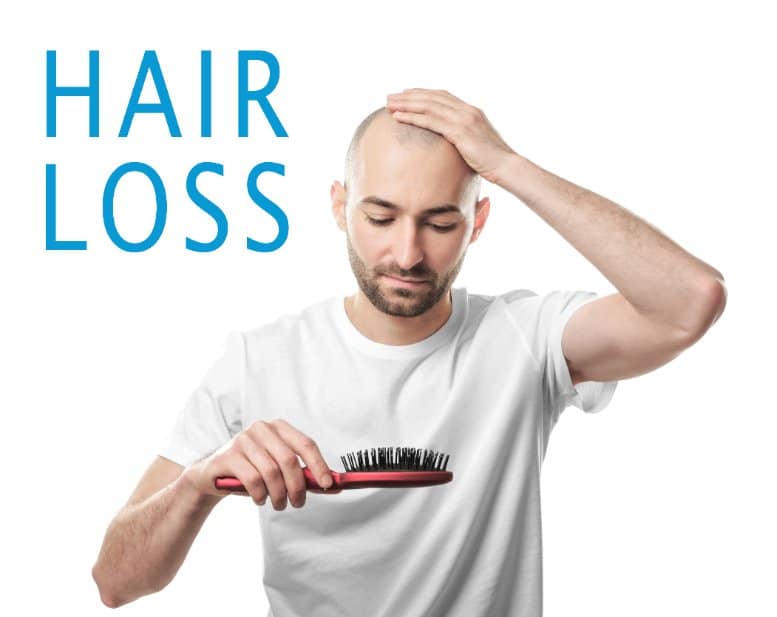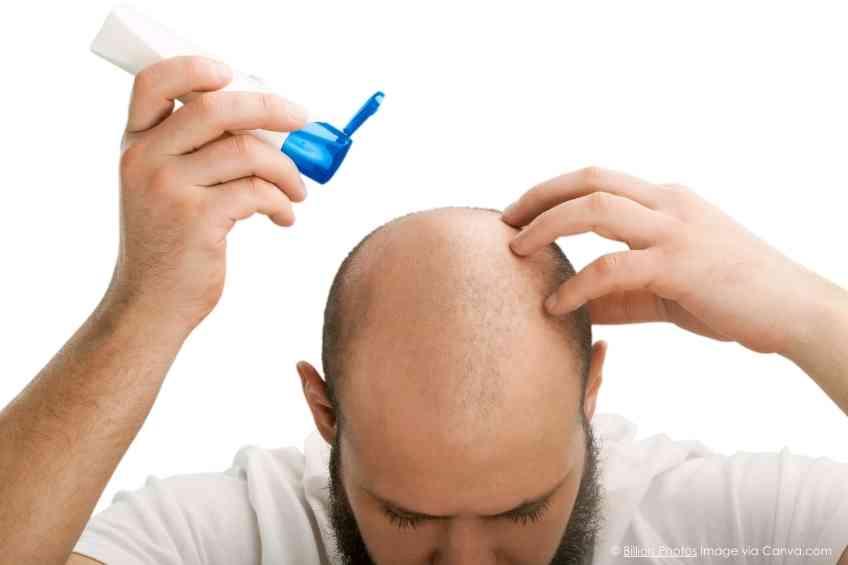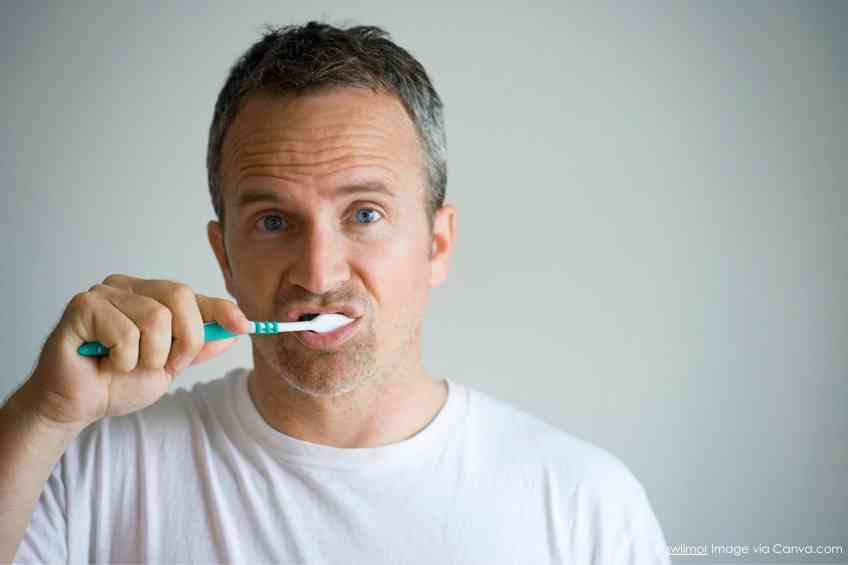By Barbara Krooss —
Some myths about baldness can make your hair stand on end.
Fearing the psychological, social and economic impact of hair loss, Americans spend $4.9 billion each year on prescription and nonprescription hair medications, surgical hair restoration, shampoos, herbal preparations, wigs and hairpieces. As the population ages, things may get worse on the hair loss front and better for the restoration market, which may grow to $13.8 billion by 2028, reports Grandview Research Company.
All of this begs some hairy questions. What’s the root cause of the problem, and do any of those baldness-generating myths hold any weight?
Surprisingly, most hair loss is because of androgenic alopecia, also called AGA. It’s responsible for 95% of all male baldness and affects about 50 million men and 30 million women in the U.S., reports Bradley R. Wolf, M.D., secretary of the American Board of Hair Restoration Surgery. Age and genetic factors also play a role in a person’s hair-loss risk.
The two forms of AGA, male and female pattern baldness, differ in the location of the hairs most vulnerable to cumulative damage by male hormones like androgens, testosterone and dihydrotestosterone. It’s a myth that male pattern baldness only affects men. Either pattern can affect men or women depending on their genetic predisposition.
Male pattern baldness, the most common form, is easily identified by progressive hair loss at the temples and crown. The trigger for men is puberty, and its risk corresponds with a person’s age, increasing one percent each year. It means at 25, the risk is 25 percent and rises to 70 percent by age 70. This progressive effect starts in women at menopause, tipping the hormonal balance.
Female pattern baldness is less common. It’s harder to identify and easily confused with hair loss due to other causes, such as illness, poor nutrition or rough handling are often blamed for its characteristic effects. Instead of baldness, there’s gradual overall thinning of hair, with more pronounced loss along the top from front to back. Only three percent have it at age 30, while 25 percent show this pattern by age 70.
What about that enormous bucket of hair-loss myths?
Folklore that a man’s maternal grandfather’s hair loss predicts his hair’s fate is partially correct. Other relatives are probably involved as well. AGA operates a lot like an X-chromosome-linked recessive gene. The highly complex genetic patterns related to AGA involve a whopping 63 genes, only 6 of which are on the sex-linked X chromosome.
Although AGA’s triggered by male hormones, forget the barroom boast: “This bald head’s a solar panel for my sex drive.” The Medical Journal of Australia reports no discernible virility difference between bald men and their well-thatched age peers.
Another myth to toss is that frequent sexual activity leads to hair loss. It doesn’t take very high levels of male hormones to clog vulnerable follicles. Since hair quantity, sexual activity and testosterone levels all decrease with age, bald guys are less active than their younger counterparts.
“Heads have more hair” is another urban legend. Marijuana won’t cause hair to abide. The hairy hippie stereotype’s just another age-related thing. Younger folk are more likely to have thicker hair and to smoke pot. Marijuana can hurt hair growth by increasing the stress hormone and cortisol. It also can cause tetrahydrocannabinol buildup that clogs hair follicles. Marijuana use and munchies stunt hair development with poor food choices.
There is also the notion that wearing hats can cause hair loss. Guess what? It’s probably the other way around. Folks with less hair are likely to wear hats for warmth, protection, or to cover hair loss. It is only to help keep people hairy because hats avert wind and sun damage that can cause hair loss. Avoid poorly fitting headgear that pulls or abrades hair and greasy old hats that can clog or infect hair follicles.
Hair clumps in bathtub drains and hairbrushes lead to questions over whether frequent washing and styling are not great for locks. It doesn’t matter unless someone is rough with their hair, or the products are used to irritate the scalp. The hairs found in brushes and drains are part of the norming shedding process, which involves 50 to 100 hair strands per day.
Curiously enough, those deciding to accelerate nature’s work and go bald or shave their heads completely may enjoy some unexpected benefits. Several cultural stereotypes favor bald men and women. People see them as more honest, brave, confident, trustworthy and wise. It’s not surprising that synonyms for “bald” include “bold, blunt, frank, direct and straightforward.” Research published in Experimental Psychology in 2019 found that pictures of men without hair are consistently rated as “more socially attractive” than the same image with hair.
The bald truth is that there are a lot of hairy and unfounded myths about hair loss. None of them should faze the hairless or the hirsute.













